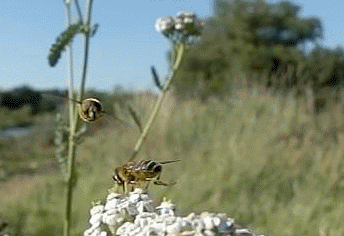| Eristalis nemorum | |
|---|---|
 | |
| female | |
| Scientific classification | |
| Kingdom: | Animalia |
| Phylum: | Arthropoda |
| Class: | Insecta |
| Order: | Diptera |
| Family: | Syrphidae |
| Genus: | Eristalis |
| Species: | E. nemorum |
| Binomial name | |
| Eristalis nemorum | |
| Synonyms | |
Eristalis nemorum is a species of hoverfly. It is found in the Palearctic (Fennoscandia South to Iberia, the Balkans and Italy, Ireland eastwards through Central Europe into Turkey and Russia and on into the Russian Far East, Siberia and Japan) and in the Nearctic (Quebec south to Colorado). [2] [3] [4]

